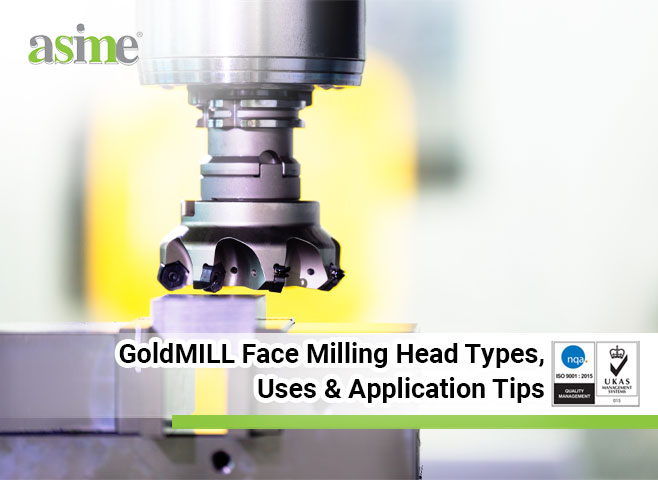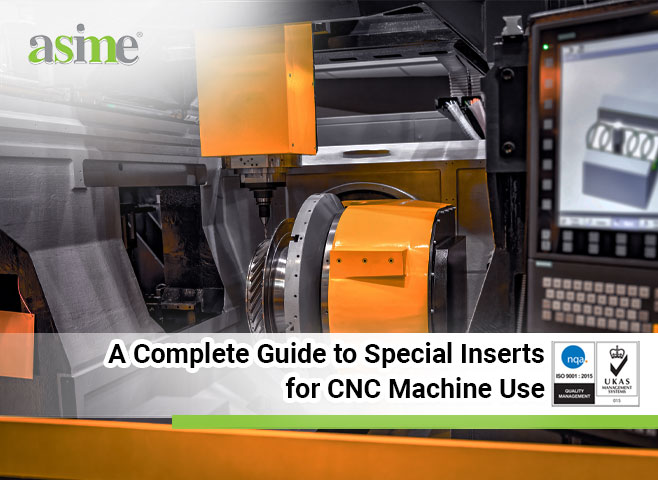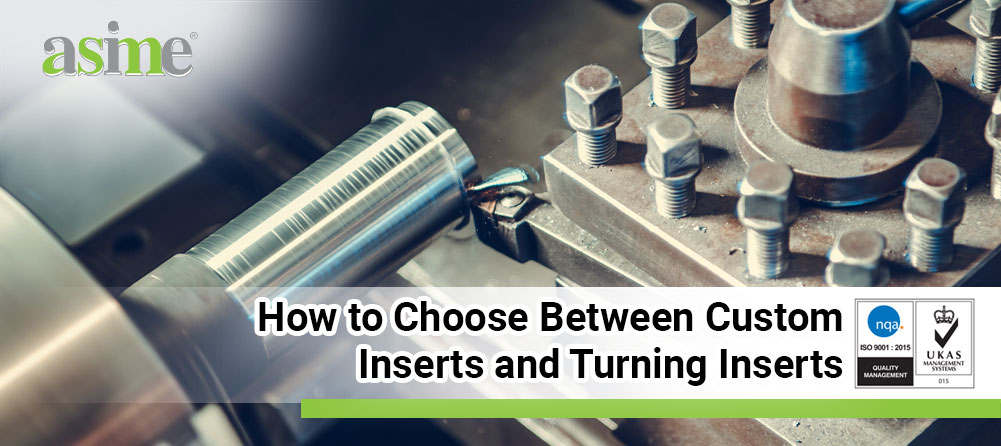
The decision between custom inserts and turning inserts plays a big role in performance, cost, and efficiency.
Knowing the differences and when to apply them allows manufacturers to improve operations and keep quality high.
Here, we’ll discuss custom inserts and turning inserts, their definitions, and the key factors to help you make informed decisions.
What Are Turning Inserts?
Turning inserts are specialized cutting tools. They are often used as inserts for CNC machining and in lathes for turning tasks.
They come in standard shapes, sizes, and geometries. These meet ISO or ANSI standards and work well for many materials and uses.
These inserts are typically indexable. You can turn or flip them to show new cutting edges. This leads to a longer tool life and reduced downtime.
Turning inserts are cheap and easy to find, so they’re great for general-purpose machining.
They adapt well, which makes them perfect for working with mild steel, aluminium, stainless steel, and cast iron.
However, they may not be ideal as inserts for hard materials.
What Are Custom Inserts?
Custom inserts are special cutting tools made to meet needs that standard turning inserts can’t.
Custom inserts come in various shapes, coatings, and sizes. These are often tailored as inserts for complex parts.
They are often used when manufacturers deal with complex shapes, unusual materials, or very tight tolerances.
Custom inserts may cost more upfront and take longer to make.
However, they offer better performance, precision, and consistency in specialized or demanding applications.
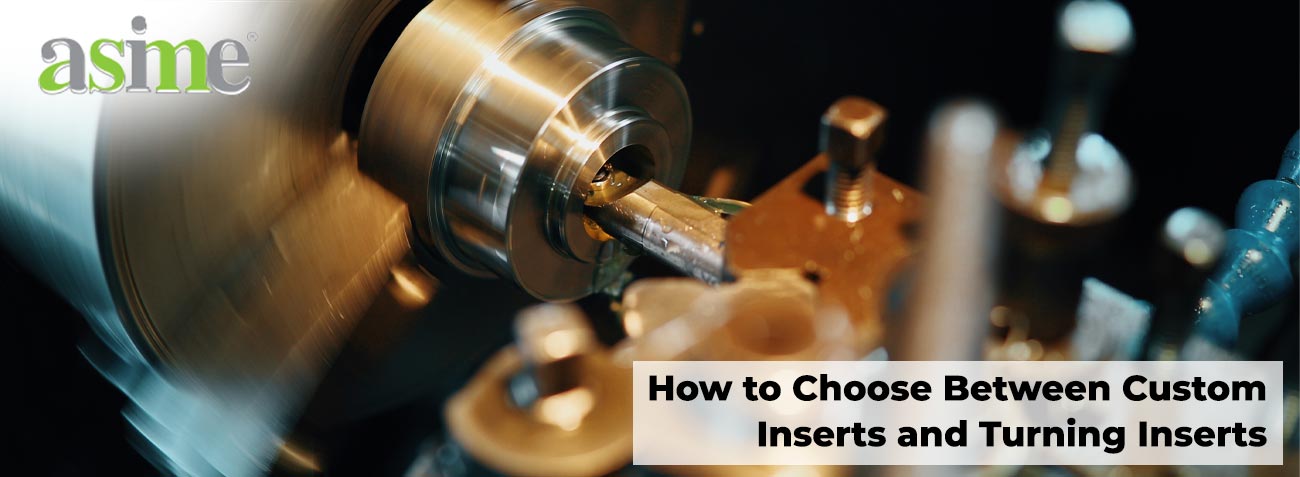
Key Factors to Consider When Choosing Between Custom and Turning Inserts
Choosing custom or turning inserts is not just about cost. You must also think about different technical and operational factors.
Here’s a breakdown of what to evaluate:
1. Type of Machined Materials
Turning Inserts
Turning inserts work well for standard materials such as mild steel or aluminium.
They offer reliable performance and usually don’t need any customization.
Custom Inserts
Custom inserts are often needed for harder materials such as titanium, Inconel, or hardened steel.
They can withstand high temperatures and demanding machining, especially for specific shapes, special coatings, or unique edge designs.
2. Production Volume
Turning Inserts
Turning inserts are often the best choice for high-volume production. They are cheaper and easier to replace.
Their standardization and availability suit them for mass production. This is key when tool changes need to happen quickly and at a low cost.
Custom Inserts
Custom inserts, on the other hand, may be worth the cost for low-volume or prototype runs.
These often require special cutting tools tailored for a specific application.
In these cases, precision and performance often make the initial cost worth it.
3. Machining Complexity
Turning Inserts
Turning inserts work well for basic machining tasks. They are great for simple shapes and turning operations.
Their uniform shape enables efficient material removal without the need for customized setups.
Custom Inserts
For tough shapes such as undercuts, grooves, or compound angles, it is best to use custom inserts.
These inserts can be custom-made to perform many tasks in one go.
This cuts down on tool changes and boosts machining efficiency for complex parts.
4. Cost Considerations
Turning Inserts
Turning inserts seem cheaper at first. They have a low initial cost, are mass-produced, and are easy to find.
They are useful for operations where standardization and rapid replacement are vital.
Custom Inserts
Custom inserts cost more at first. This is because they need special design and tooling processes.
They can save money in the long run. They lower scrap rates, improve machining precision, and extend tool life.
When you choose between the two, look at the full cost of ownership, not just the unit price.
5. Lead Time and Availability
Turning Inserts
Many suppliers stock turning inserts. They can arrive quickly, so they’re a good choice when time is tight.
Their prompt availability helps avoid disruptions to production schedules. This matters a lot in contract manufacturing, as delays can be costly.
Custom Inserts
Custom inserts have longer lead times. This is due to the need for design approval, prototyping, and specialized production.
These additional steps, if not planned properly, can cause your project to be delayed.
For urgent jobs or quick tool swaps, having turning inserts available is a big advantage.
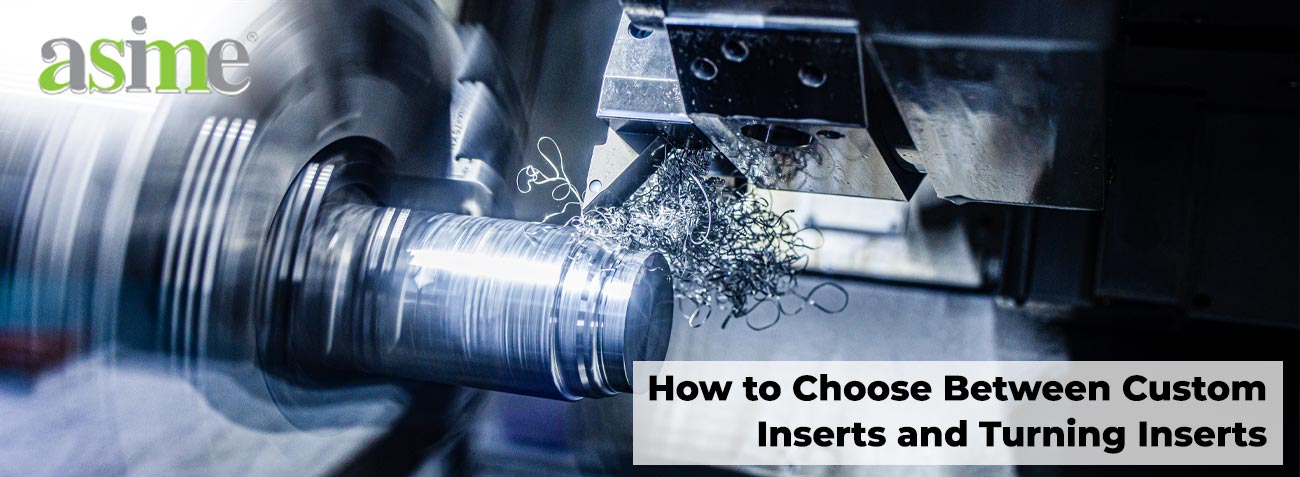
Which One Should You Choose?
The needs of your machining operation decide if you should use custom inserts or turning inserts.
If you need standard materials and high production volumes, turning inserts are a smart and cost-effective choice.
Custom inserts can enhance accuracy and performance. They are useful for unique part designs, tough materials, or tight tolerances.
Every option has its own purpose. Choose based on your production priorities, material types, and how complex the machining is.
Need expert help deciding between custom and turning inserts for your machining application?
Contact Asime today. We’ll help you find the best tools for your production needs.
Suggested read: Top Benefits of Using Special Inserts in Precision Machining



